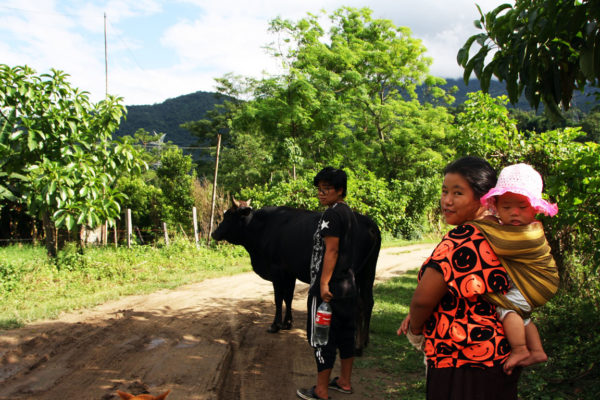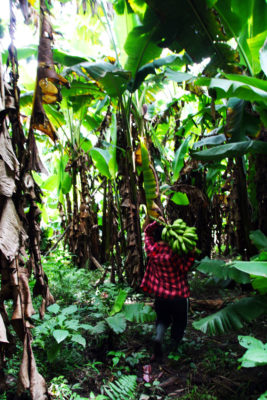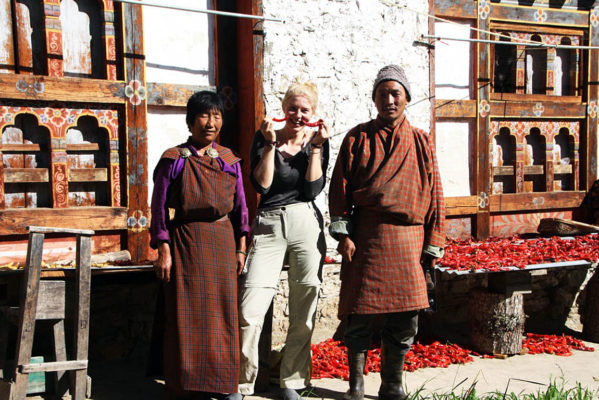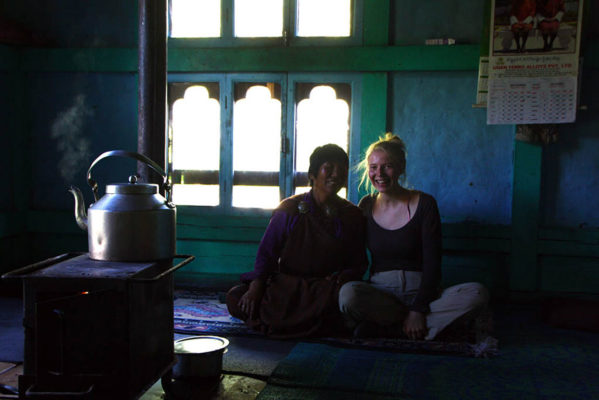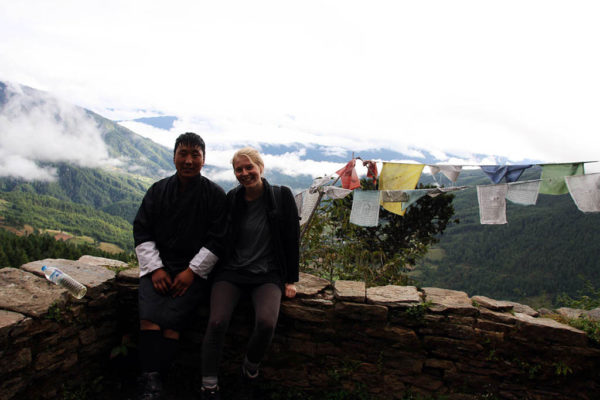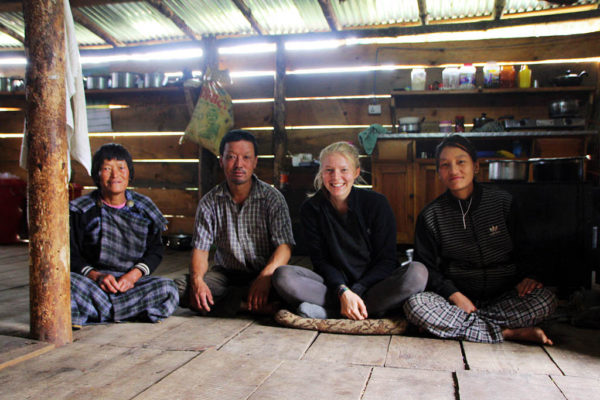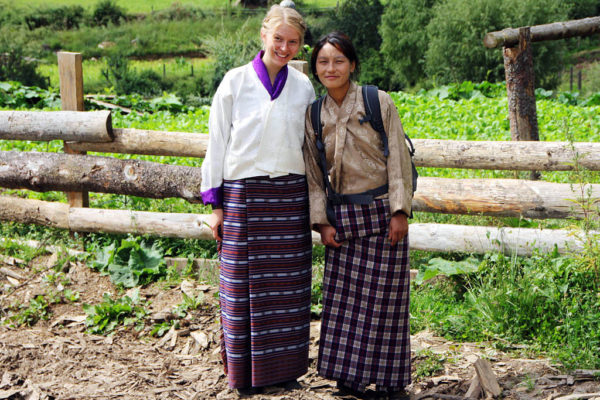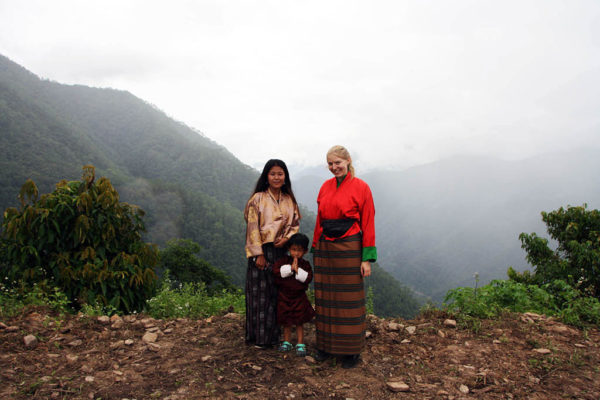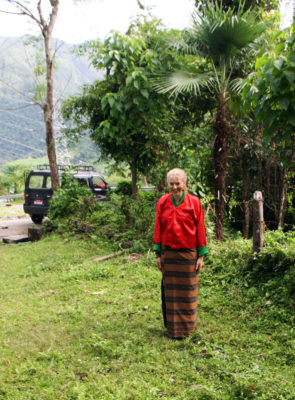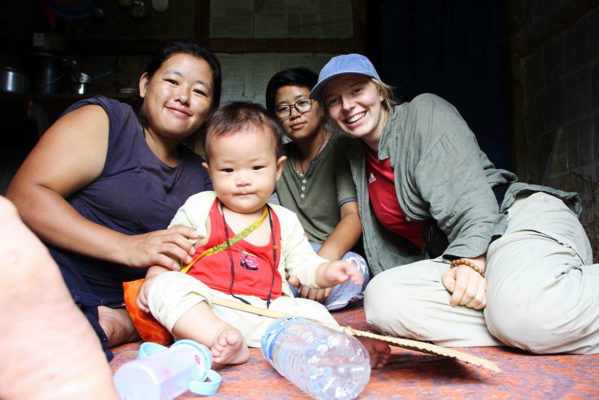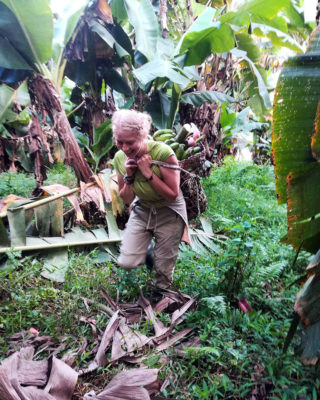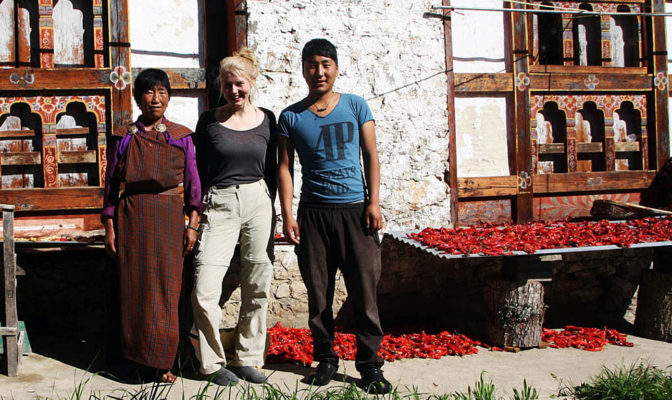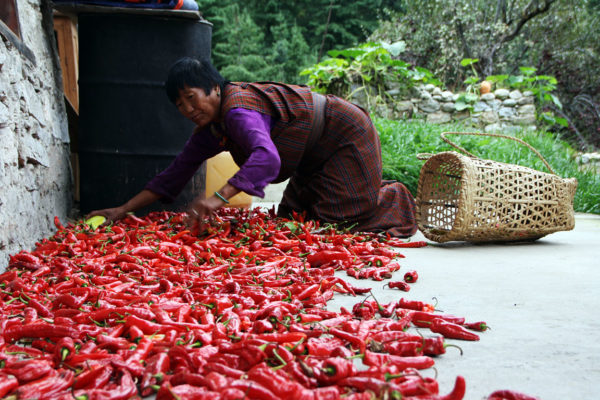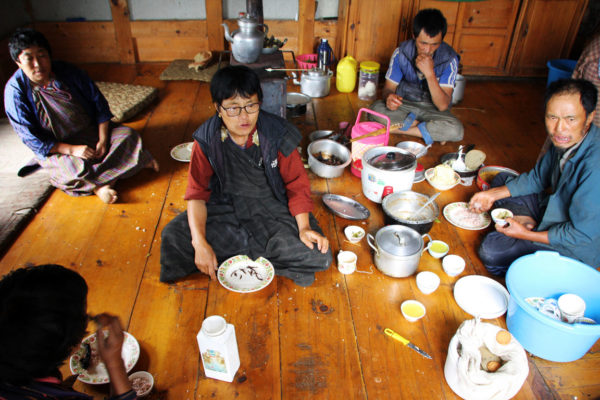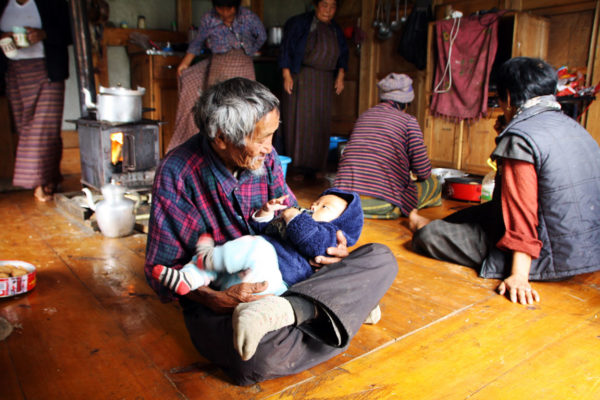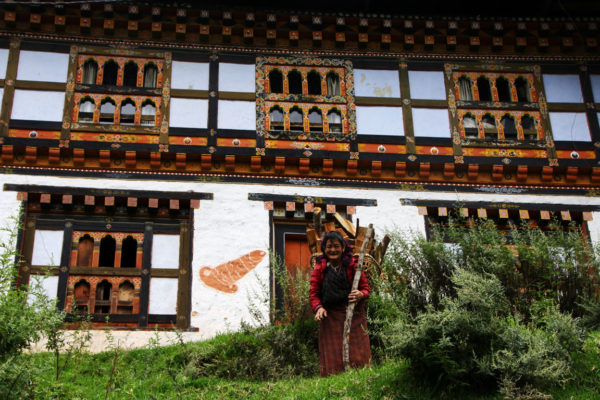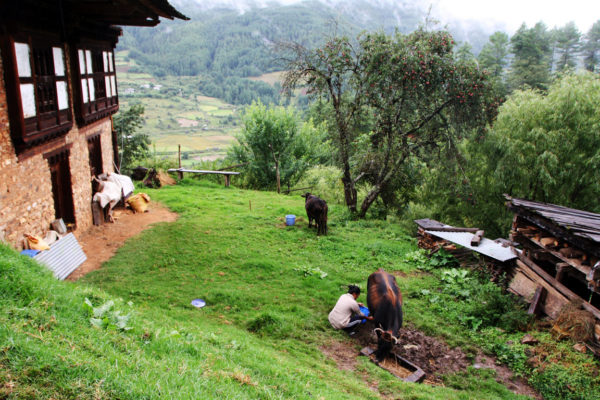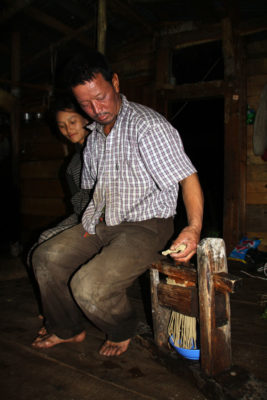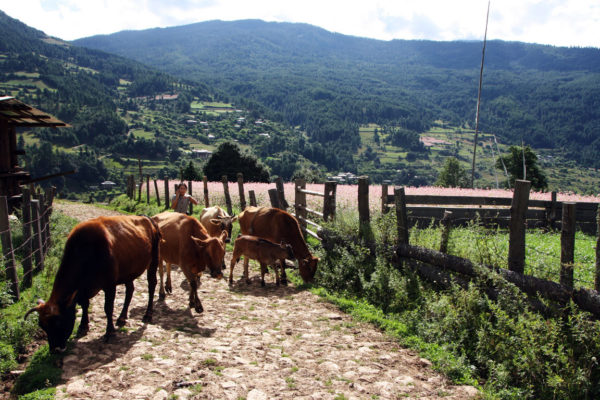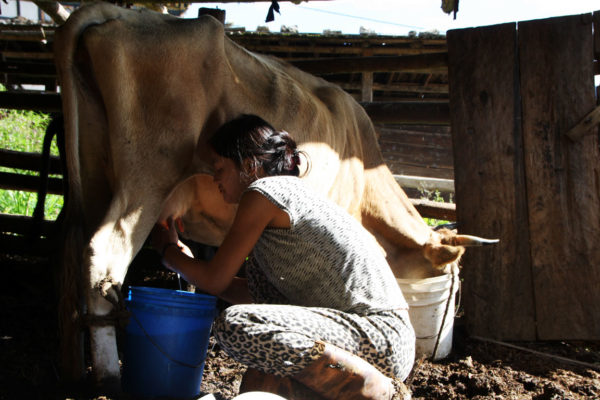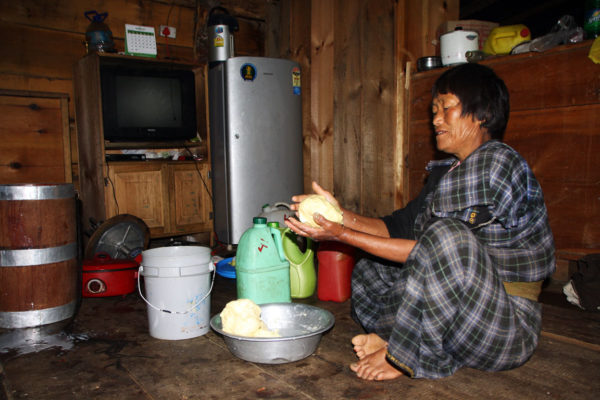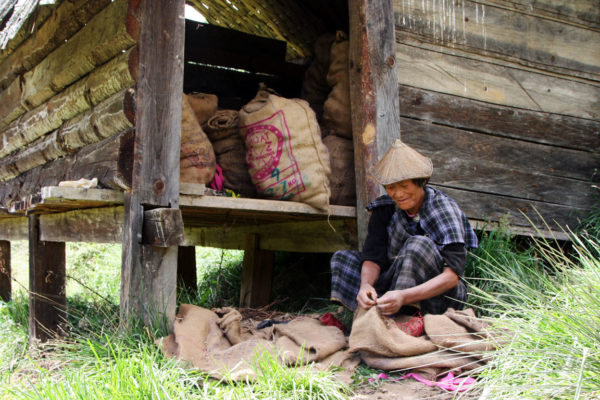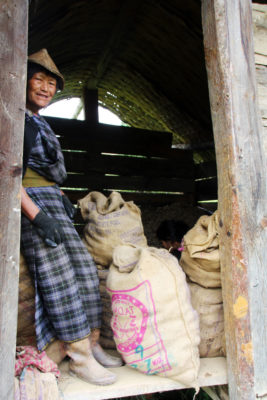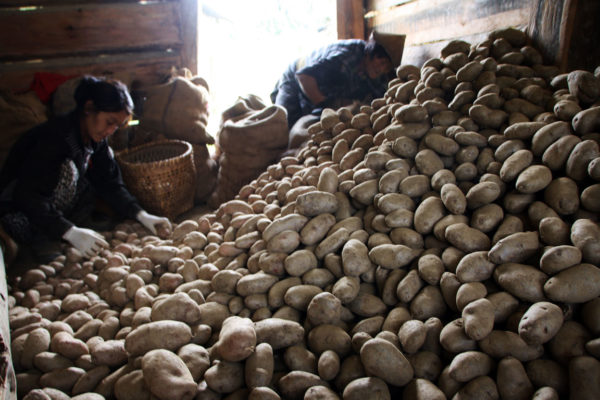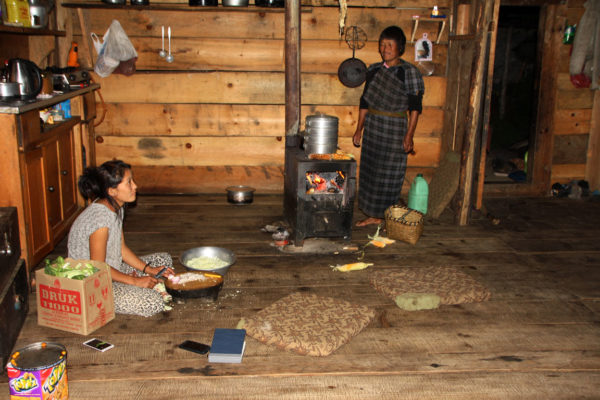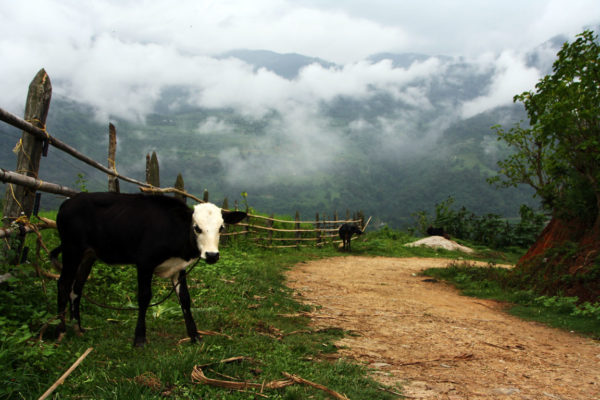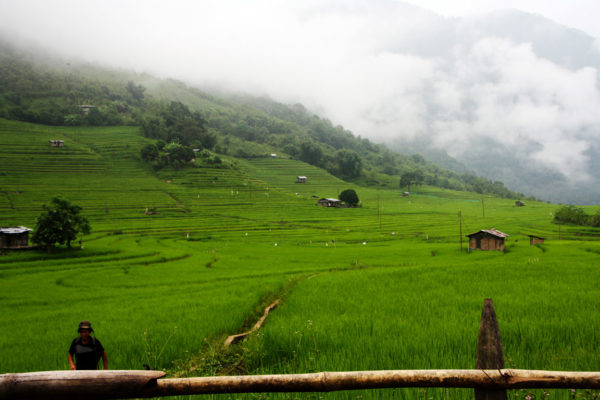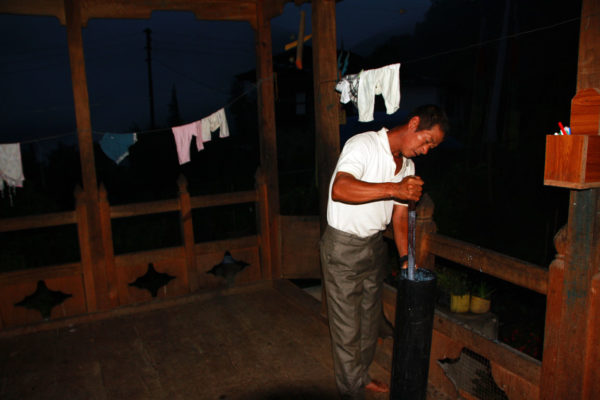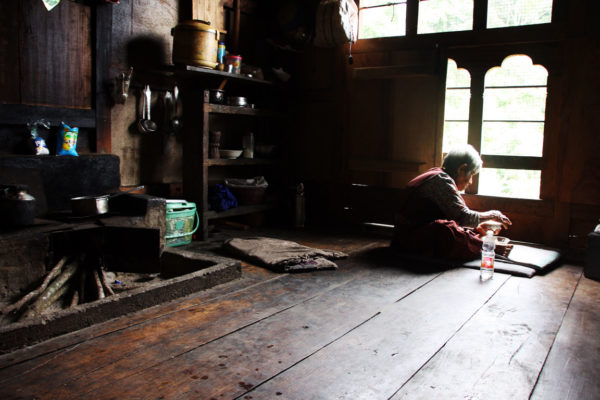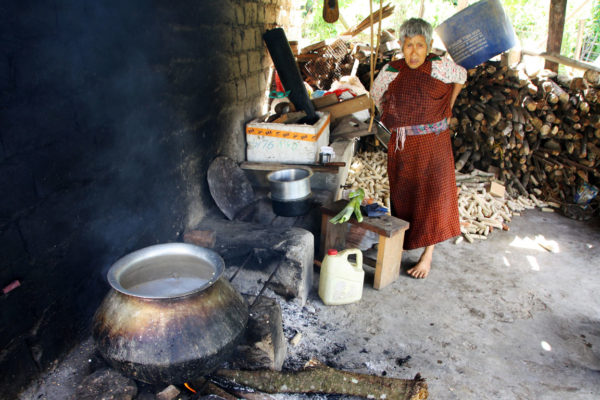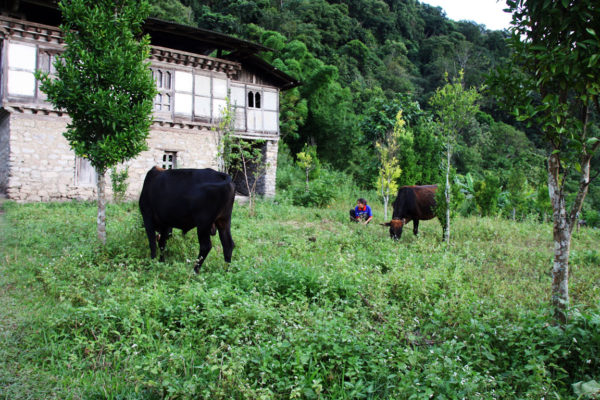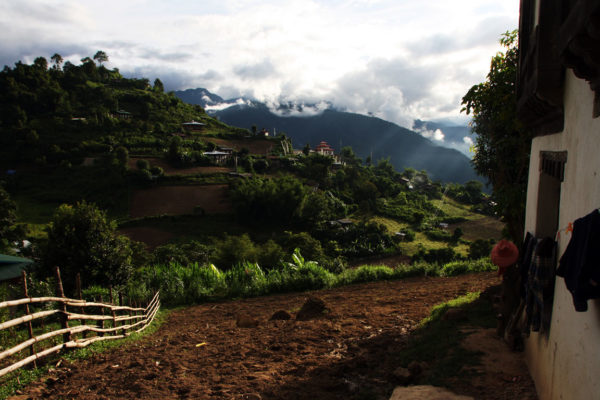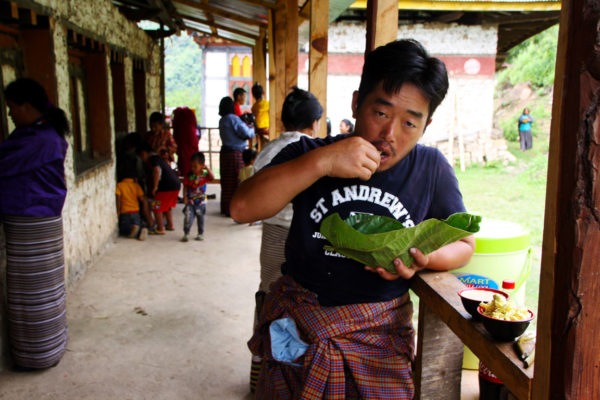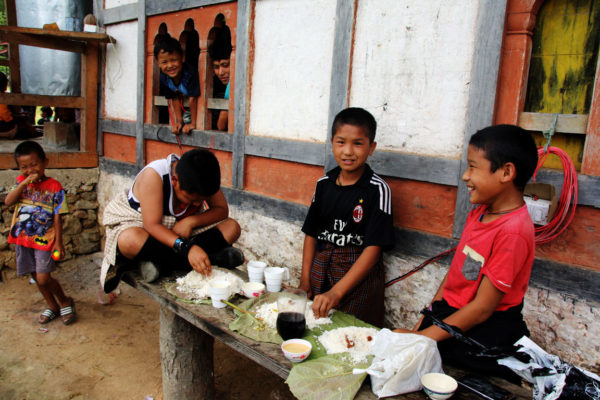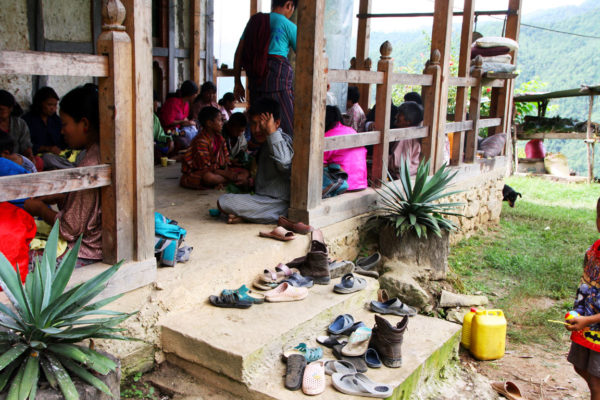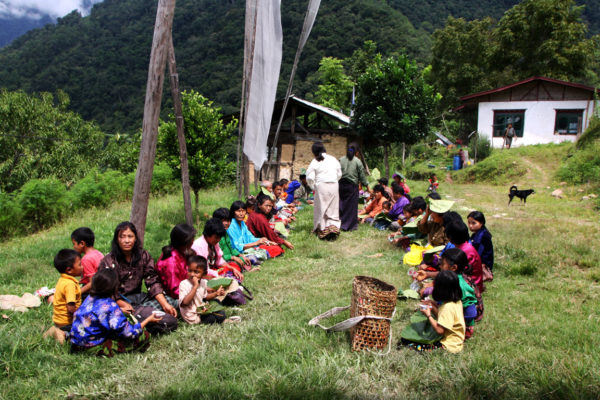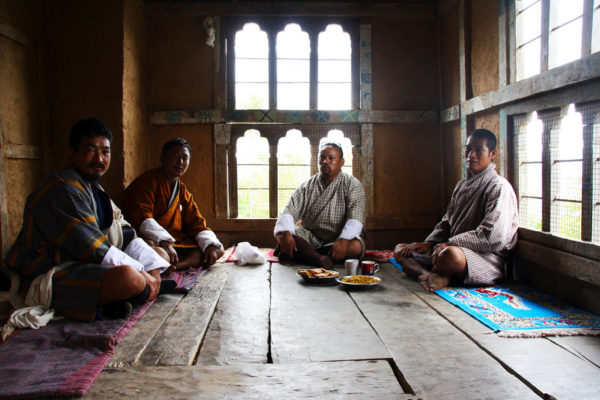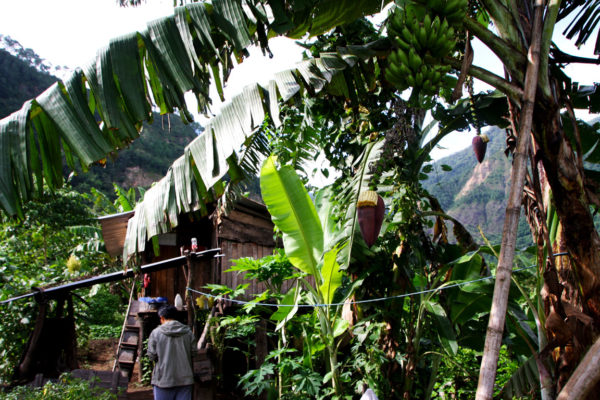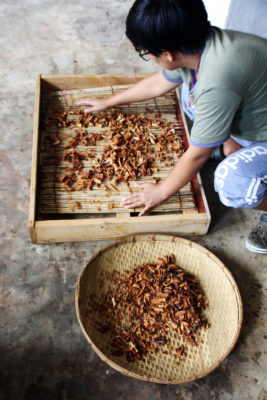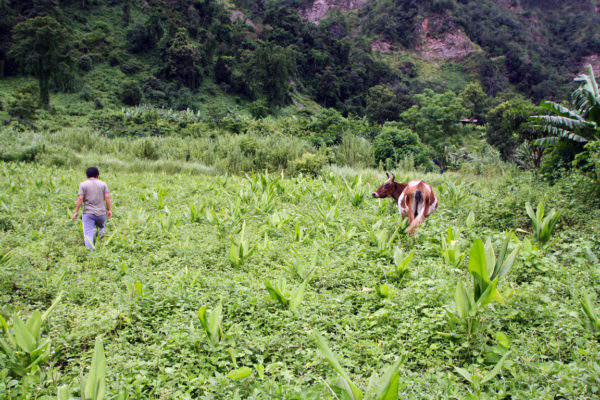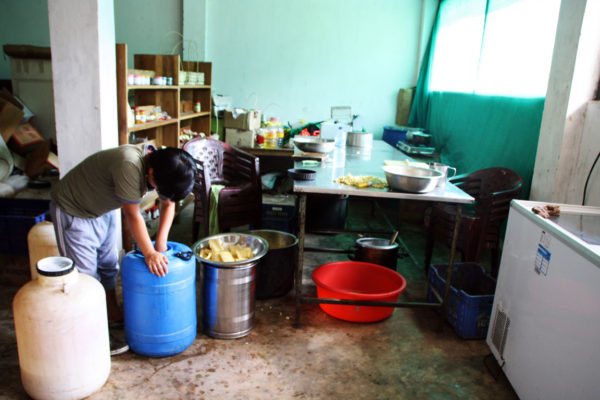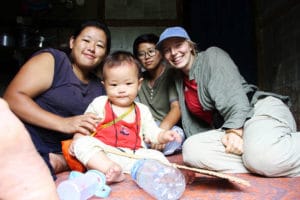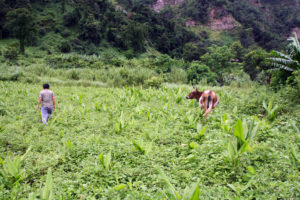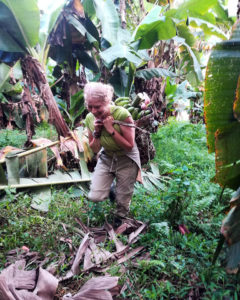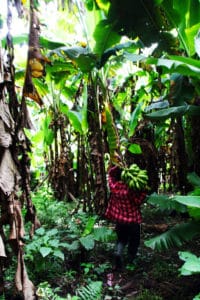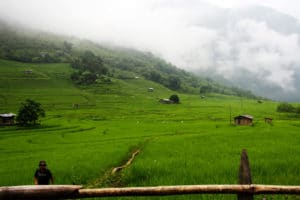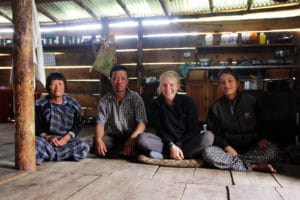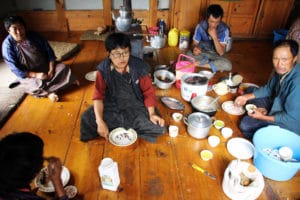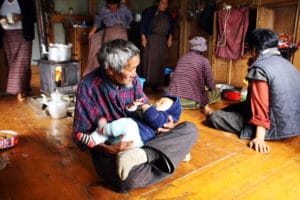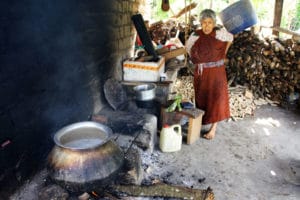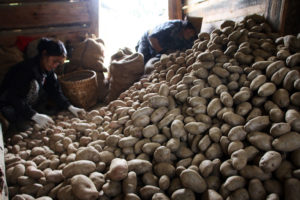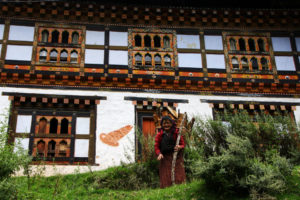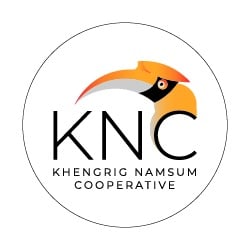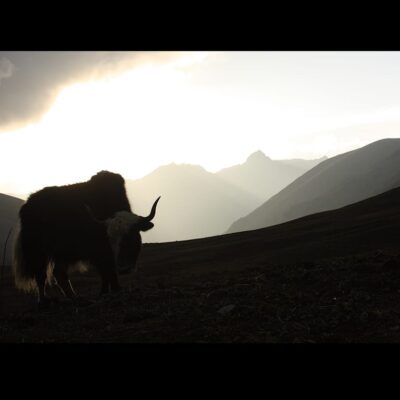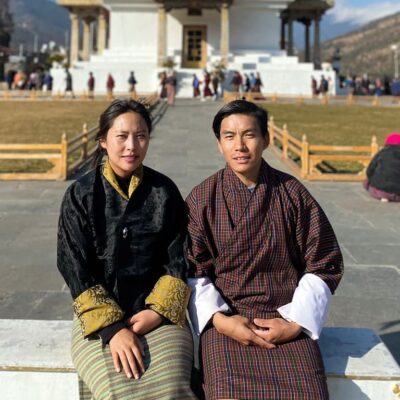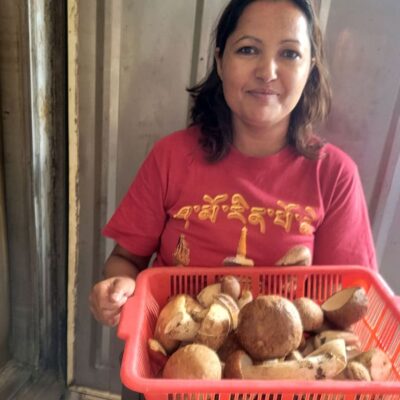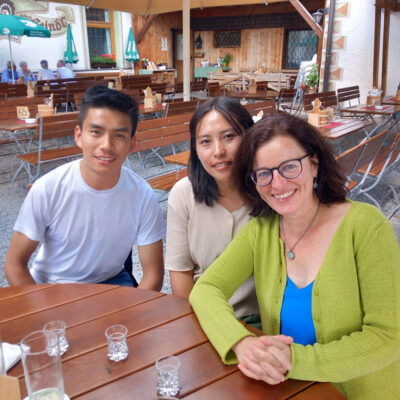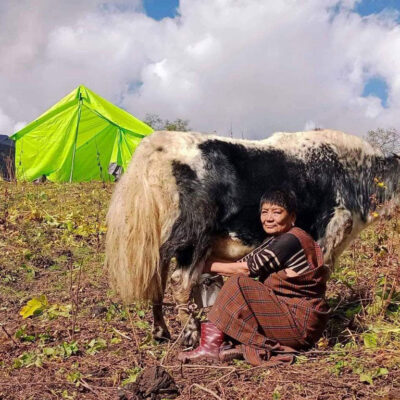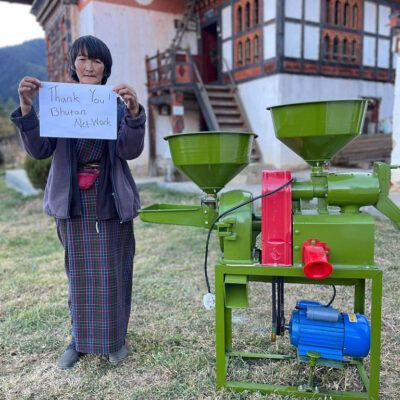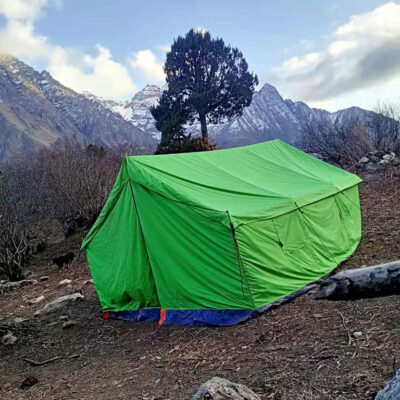This post is also available in: Deutsch (German)
In summer 2019 Klara Naynar from Hiasnfarm in Lungau, host to our annual OFEP candidates from Bhutan, spent one month in the small kingdom. Klara deeply immersed in local village life and practices with her colleagues in Zhemgang and Bumthang. She was particularly impressed with Bhutanese social life and hospitality. Read about Klara’s adventure in her interesting report below.
From subtropical Zhemgang to the Alpine valleys of Bumthang.
A report by Klara Naynar
Last spring I spontaneously decided to do my mandatory agricultural internship, for my degree in agronomics, in Bhutan. With the kind help of Ulli Cokl from the Bhutan Network association I was able to spend four weeks in Bhutan in September 2019.
After my one-week stopover in Nepal’s chaotic capital Kathmandu, I felt like I had reached paradise after arriving in Bhutan. Apart from the fact that I could finally breathe clean air again and no longer had to avoid honking scooters, the unparalleled Bhutanese hospitality was a very formative first impression for me. At Paro airport, Thinley welcomed me with a signboard that said “Miss Klara Naynar” and a white ceremonial shawl, a kadhar. Thinley is the chairman of KNC cooperative in Zhemgang and was my friend, organizer, contact person, chauffeur and informant during the four-week stay in Bhutan.
Right at the beginning he cleared two of my initial most amazing observations. First, many Bhutanese have red teeth and lips because they chew betel nuts along with slaked lime for a calming effect. It gives off a blood-like red color. Second, dangling from the roofs of many Bhutanese houses you can see artistically decorated phallus symbols, painted in many colors and carved in various shapes to protect the family and ward off evil (gossip). Furthermore, the elaborately decorated houses, the traditional garment of the Bhutanese (go and kira) and the many traffic signs saying things like “no hurry, no worry” were among my first positive impressions.
After two days of sightseeing in the capital Thimphu, we went further southeast to the subtropical region of Bhutan, to Zhemgang. A bumpy, eleven-hour drive through varied vegetation and altitude zones of Bhutan was waiting for me. My initially queasy feeling about encountering unknown wild creatures in the subtropical areas was confirmed shortly before arriving in Zhemgang when we almost ran over a snake that stretched over the entire width of the road.
Following my arrival in Zhemgang, I enjoyed a happy reunion with Tshering and Tashi. Both of them stayed at my farm in Lungau, Salzburg in 2017 and 2018 during the Bhutan network organic farmers exchange programme. I spent the next ten days in Zhemgang helping the two of them with their everyday work at KNC. This included harvesting and processing bananas into “banana candy” and “banana chips”. I learned a lot about growing bananas and was generally overwhelmed by all the exotic plants, completely new to me.
Interesting information: banana plants are not trees, but perennials with pseudo-stems. During the banana harvest, the entire mother plant is chopped up and fed to the cows as “concentrate”. I also quickly got used to my new roommates: countless lizards and one or two palm-sized spiders at the outhouse.
I also spent a few days at the farm of Leki and his wife, another member of KNC. They have tangerine trees, a paddy field and other crops for self-sufficiency. They have one milk cow giving one liter a day. We then processed the milk, which is initially stored for a few days, without cooling, into butter and curd cheese. The grandmother of the family also showed me how to make the Bhutanese moonshine called “ara” (of which I “had to” drink too much during my stay in Bhutan). In Zhemgang the farmers mostly use corn to produce this alcoholic beverage.
Apart from the many interesting agricultural activities, my time in Zhemgang included many cultural festivities. I received blessings from a high Buddhist “lama” and was invited to the governor’s house. In Leki’s village in particular, it is still extremely rare to see a a tourist, let alone someone like me who was interested in sharing their daily life. This combined with the Bhutanese tenet that “the guest is king”, resulted in me actually being treated like a “queen”. It was only through my persuasiveness that I was finally allowed to pick up some tools and help with the chores and to finally be able to refuse having to eat a third portion of rice.
After ten days in Zhemgang, it was time to leave for Bumthang district. An eight-hour drive with Thinley, only 40 kilometers as the crow flies north and 2500 meters above sea level, I had reached the Tang valley with a totally different climate, different vegetation and different plants. Heading for Bumthang on the one hand meant the sad departure from Thinley and my friends at KNC, but on the other hand also the reunion with Ongmo, Leki, Kuenzang and Dechen, all of whom were already at my farm in Lungau, Salzburg. I spent about three days at the farms of each friend. The farm work was similar: milking cows and processing the milk; Sort and pack potatoes to prepare them for transport and sale in India; help with housework and manual work; Harvest chilies; Protect the rice fields from the birds. My main task as a guest, however, was to eat as much as possible and keep drinking the home-made alcohol ara Bumthang style (local moonshine heated in melted butter mixed with a fried egg) at every neighbour’s house.
In general, I really enjoyed the social structure and also the work ethic in Bhutan. No matter whether at work or in my free time, I was always among people, rarely alone. Every two hours there was a break from work to drink milk tea or butter tea and snack on pressed corn kernels. There were plenty of (mostly religious) occasions to cook with the neighbors, eat, drink alcohol and tea and then chat for a few more hours. A very communal and family-centered life, which shows a lot of respect to social relationships. I felt relieved from the burden of a fast and hectic pace that I was used to in Austria.
For me, the frugal and simple lifestyle was a wonderful change from the Austrian way of life. Eating rice and chili three times a day with your fingers, while sitting cross-legged on the floor. Falling asleep on the floor next to the tiled stove still wearing your work clothes, washing yourself at the water pipe in front of the house and sitting in the tin-tub (or wooden tub) filled with water to take a bath. It all made me extremely happy and content!
As a student if agronomics, I naturally paid particular attention to agriculture and I quickly became aware of what it means to be a farmer in Bhutan. Due to the ban on hunting and the consequent lack of wildlife regulation, the fields must be protected day and night from wild animals, especially wild boars, to prevent crop failure and thus loss of main income. Many cannot afford an electric fence (especially in Zhemgang). Most farmers work manually, or with oxen and plows. Most of the time there is no pasture for the cows and oxen, they are let free into the jungle and eat whatever they find. Of course, this affects the cow’s milk yield accordingly. Many also have a problem marketing their products because there is less opportunity except in India. Circumstances that are not significant for Austrian farmers and therefore seemed all the more impressive to me.
After my stay in Bhutan, I can proudly say that my tolerance level for very spicy dishes (no meal without chili peppers), strong alcohol and large insects and spiders has increased considerably. I also learned that asking someone if they are married is a good way to start a conversation in rural Bhutan. Pointing out that with only 20 years one feels too young to get married does not seem to be an acceptable argument.
© Klara Naynar Feb. 2019
Klara is the daughter of one of our highly appreciated host farmers in Lungau, Salzburg county, and student of agronomics at the University of Life Sciences in Vienna (BOKU).
(Fotos © Klara Naynar)


